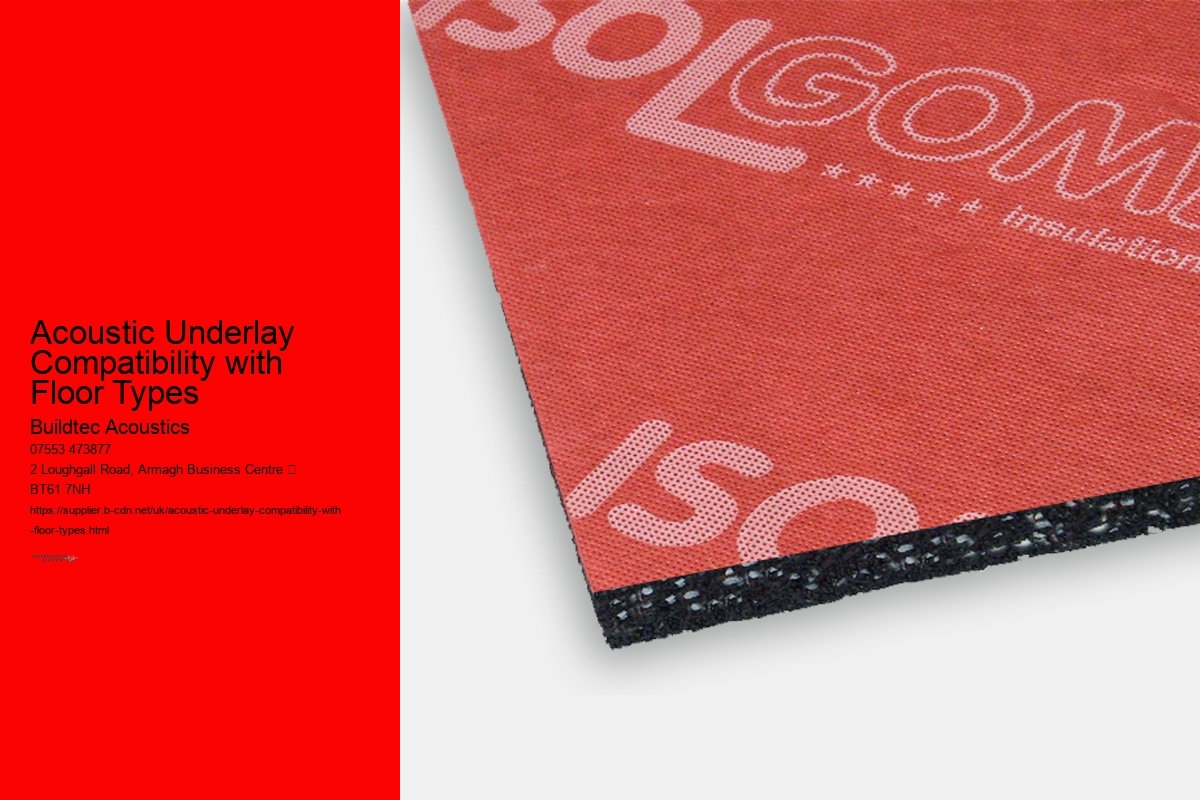These underlays act as a cushion that minimizes the transmission of vibrations and sound through the floor.
Acoustic Underlay Compatibility with Floor Types - tile
- polyvinyl chloride
- wood
- thermal resistance
- Sound transmission class
- underfloor heating
- dynamic
- polyvinyl chloride
The choice of acoustic underlay depends on the type of noise to be managed. energy transformation The materials used in acoustic underlays, such as foam, cork, and natural rubber, are highly effective at reducing vibrations and controlling noise. These options support environmentalism by reducing the need for virgin materials and lowering overall pollution. This contributes to better communication between occupants by reducing noise interference.
The use of recycled fibers and materials helps promote recycling while minimizing the environmental footprint of soundproofing installations.
Acoustic Underlay Compatibility with Floor Types - energy transformation
- wood
- thermal resistance
- Sound transmission class
- underfloor heating
- dynamic
- tile
Acoustic underlays are also effective for vibration isolation, especially in areas where there are significant sources of vibration, such as near heating equipment or heavy appliances. By choosing the appropriate product for the specific noise control requirement, homeowners and businesses can create a quieter, more comfortable environment. Acoustic underlays installed beneath wood or laminate flooring can significantly reduce noise levels in rooms. Acoustic underlays are also effective for vibration isolation, especially in spaces with significant sources of vibration, such as near heating equipment or heavy appliances.
